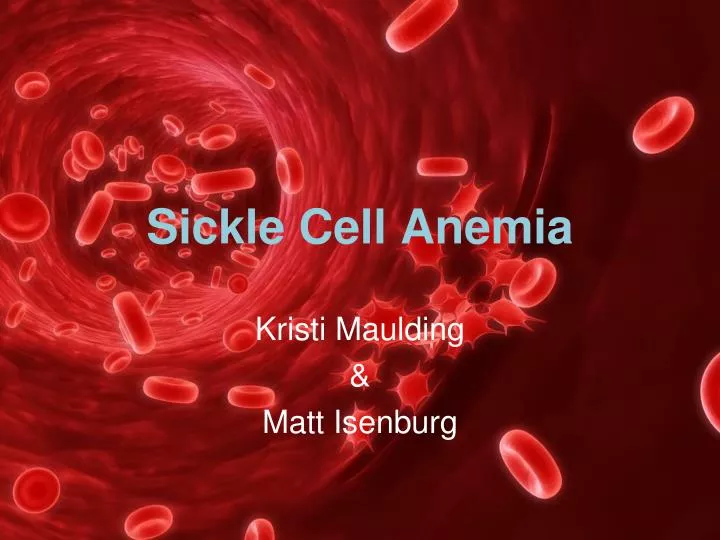
In acute hepatic sequestration, an acute drop in hemoglobin is noted, along with significant reticulocytosis. There is no synthetic liver failure in this crisis, and this would be characterized by a prolonged international normalized ratio (INR) above 1.5. Serum bilirubin with higher conjugated bilirubin can be up to 15 mg/dL, but rarely above. They can go up to the thousands, with a rapid downward trend once the crisis is resolved. In acute sickle cell hepatic crisis, serum alanine transaminase (ALT) and aspartate transaminase (AST) are 1-3 times above normal. Overall, SCH can be seen in about 10% of patients with SCD, with abnormal liver function tests in one-third, hepatomegaly noted in 91% of autopsies of those with SCD, and cirrhosis noted in 16 to 29% of autopsies. Continued population movements are projected to increase the incidence of SCD, with an estimated 400,000 newborns annually by 2050.

In today's world, the disease burden is higher in sub-Saharan Africa.Īn estimated 50 to 90% of affected children die before five years of age from pneumococcal and malarial infections. The spread of the ßs allele in North America and Western Europe can be seen as a result of population movements such as during the slave trade. It has been the target of repeated study that has shown that the ßs allele, which is more prevalent in sub-Saharan Africa, is likely due to malaria endemicity and the protection offered from HbAS against P. The distribution of the ßs allele occurs mainly in malaria-endemic regions and is secondary to population movements. In the United States, 1 in every 600 African Americans has the HbSS genotype, which means most hemoglobin is HbS. The HbS gene is found in African countries, India, the Caribbean, and Central and South America. Sickle cell hepatopathy (SCH) is an all-encompassing term including acute processes related to sickling causing an acute hepatic crisis, acute intrahepatic cholestasis, acute hepatic sequestration, chronic liver disease, including chronic cholestasis, as well as complications of multiple transfusions including viral hepatitis and iron overload. In the United States, one in every 360 African American newborns has SCD.

However, individuals who are homozygous for the ßs allele have sickle cell anemia (SCA). Heterozygous individuals for the ßs allele carry the sickle cell trait (HbAS) and do not have SCD.

Chronic complications include chronic kidney disease (CKD), cholelithiasis, viral hepatitis, pulmonary hypertension, avascular necrosis, and thrombosis, to name a few. Acute complications commonly include acute chest syndrome (ACS), strokes, acute anemia, hepatic crisis, acute cholecystitis, and priapism.

This substitution decreases the solubility of the HbS when deoxygenated, causing sickle erythrocytes that cause intravascular occlusion leading to both acute and chronic complications. Sickle cell disease (SCD) is a hemoglobinopathy characterized by mutation of the beta-globin chain caused by glutamic acid substituted by valine in the sixth codon, which results in the formation of the mutant sickle cell hemoglobin (HbS) allele ßs.


 0 kommentar(er)
0 kommentar(er)
